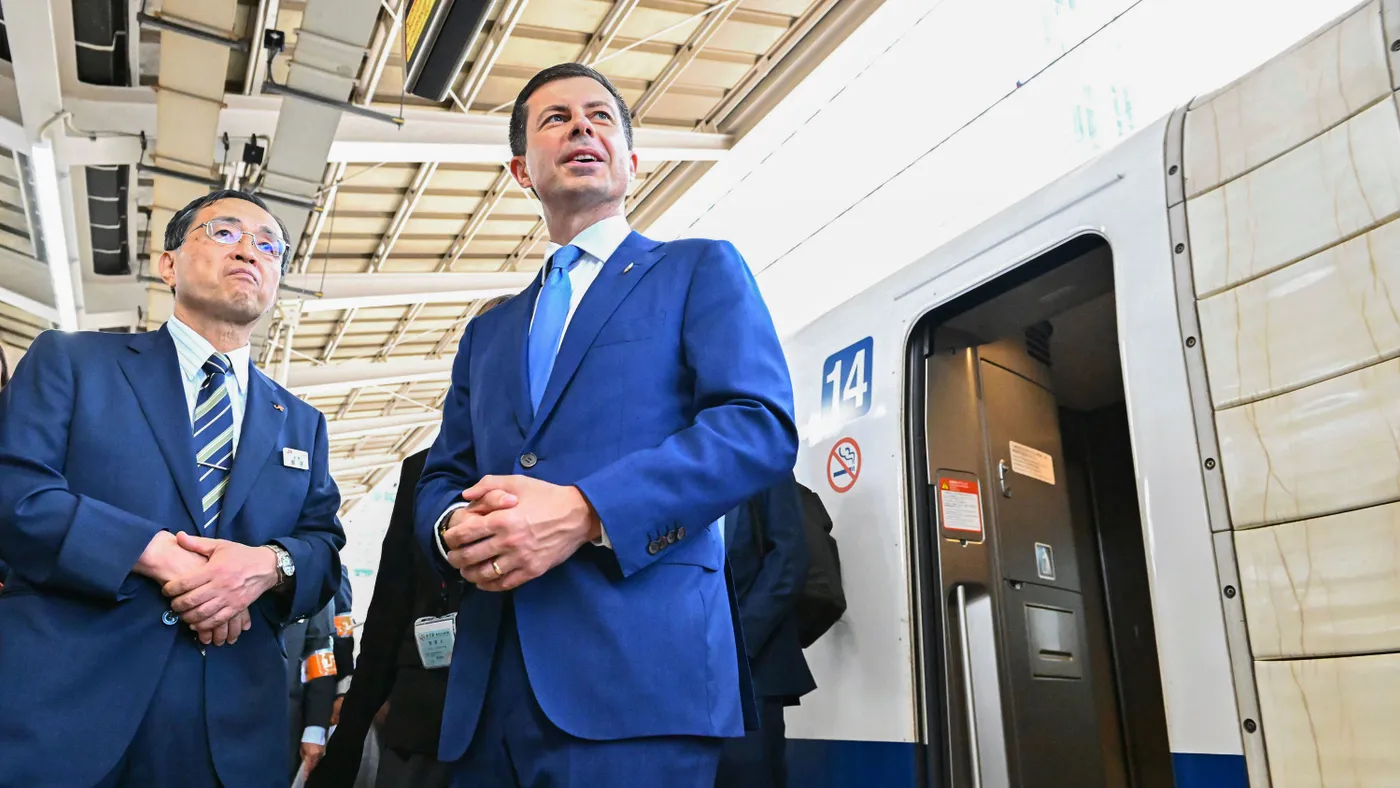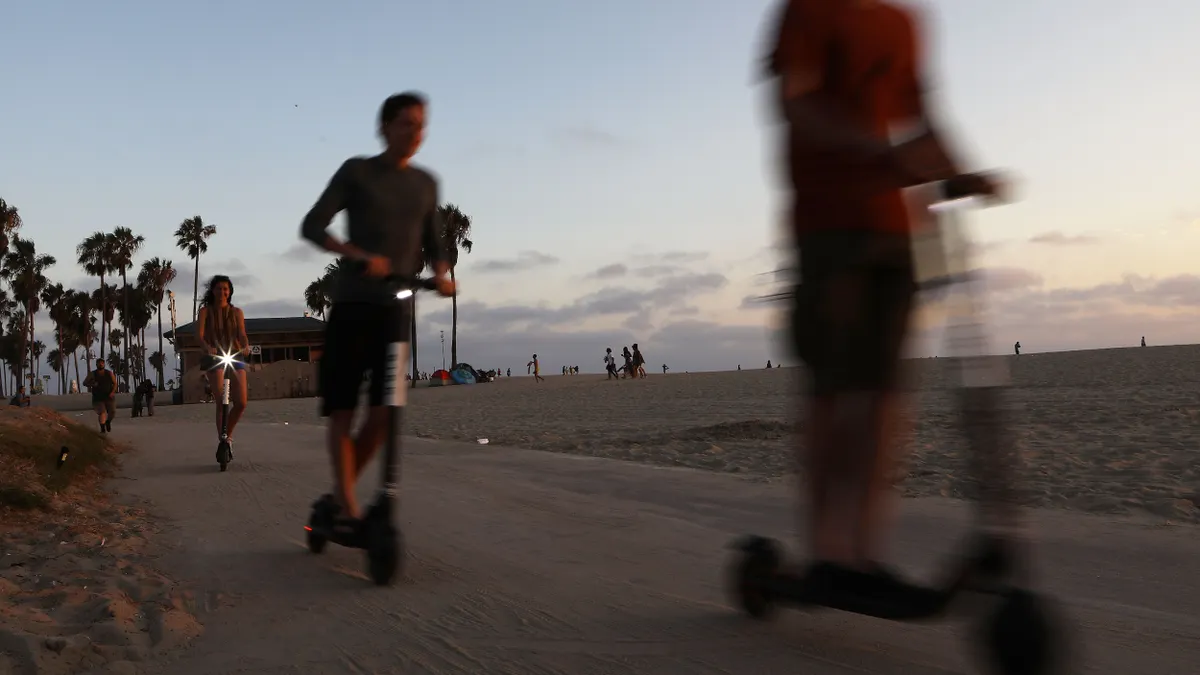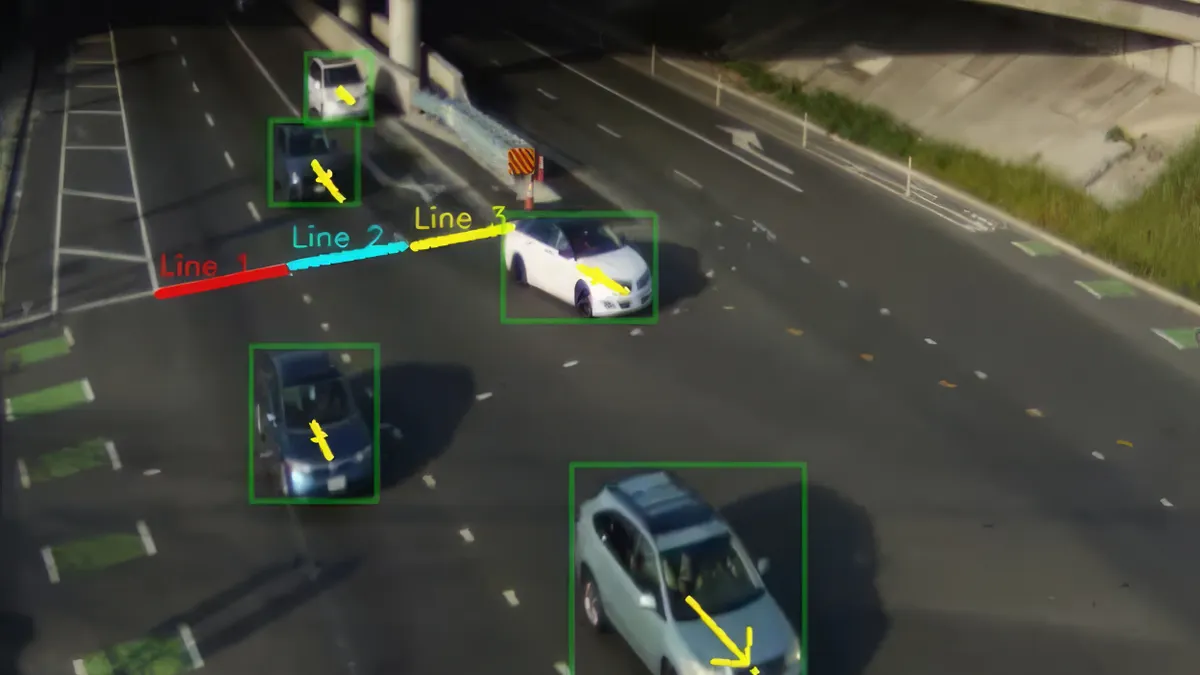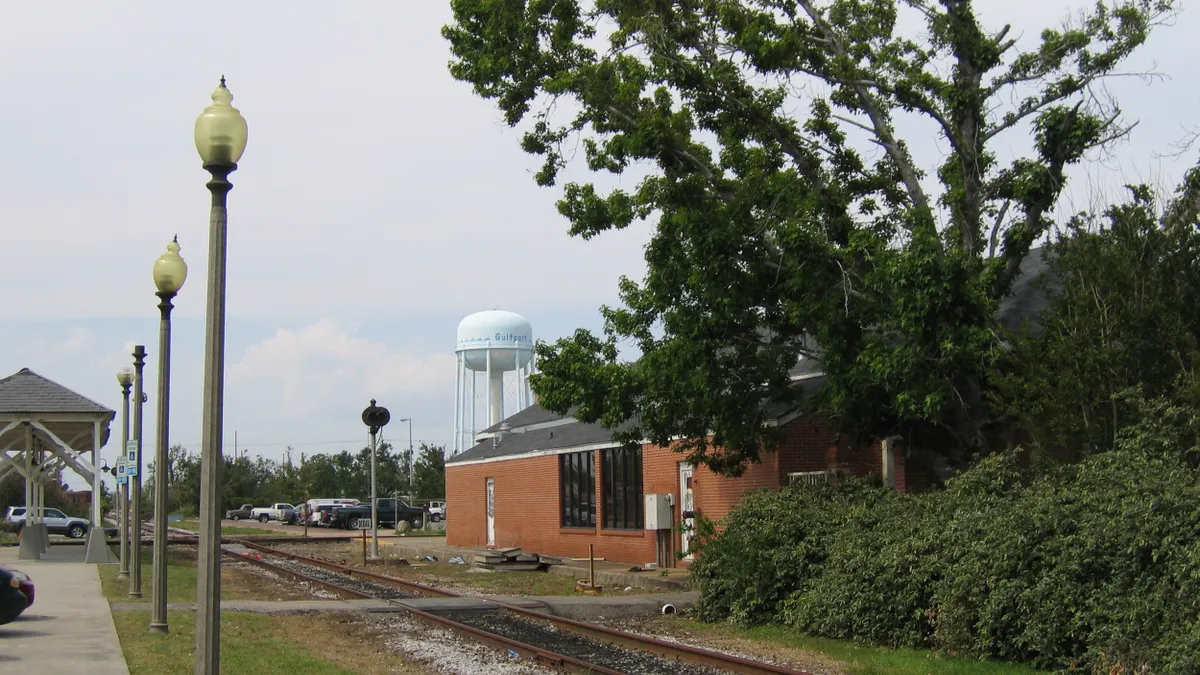Editor’s note: This is Part 3 in Smart Cities Dive’s series on the future of U.S. high-speed rail. Part 1 provides the current outlook for U.S. high-speed rail and its history to date. Part 2 delves into the high-speed rail projects under construction or in planning.
High-speed rail projects are among the most complex and costliest infrastructure in the world to build, according to a 2024 report from AECOM, an infrastructure consulting firm. They often face disputes around land acquisition and property rights, which can contribute to the many years from planning to completion, which then can lead to cost inflation for construction labor, equipment and materials.
“We’ve been trying to develop high-speed rail in the U.S. for a long time. We have not really succeeded,” said Eric Goldwyn, professor of transportation and land use at the Marron Institute, during a July 9 webinar.
Goldwyn was the lead author of a report based on interviews with 66 experts in the field that made five recommendations to hasten the delivery of true high-speed rail in the U.S. The study called for separating the planning process from environmental reviews, having the U.S. Department of Transportation set technical standards, establishing stronger ties among universities and industry and for project sponsors to develop and manage well-defined projects. At the top of the list, however, was “real federal commitment,” Goldwyn said, that includes long-term DOT funding and staffing for high-speed rail.
“The biggest barrier has been funding,” said U.S. Transportation Secretary Pete Buttigieg. “President Biden's infrastructure package is changing that, but there's a lot more to do to make sure that we really get to that stage where, instead of introducing high-speed rail to America, we're expanding it.”
Federal funding is essential to getting such huge projects underway, which requires support from voters and business and political leaders both locally and nationally.
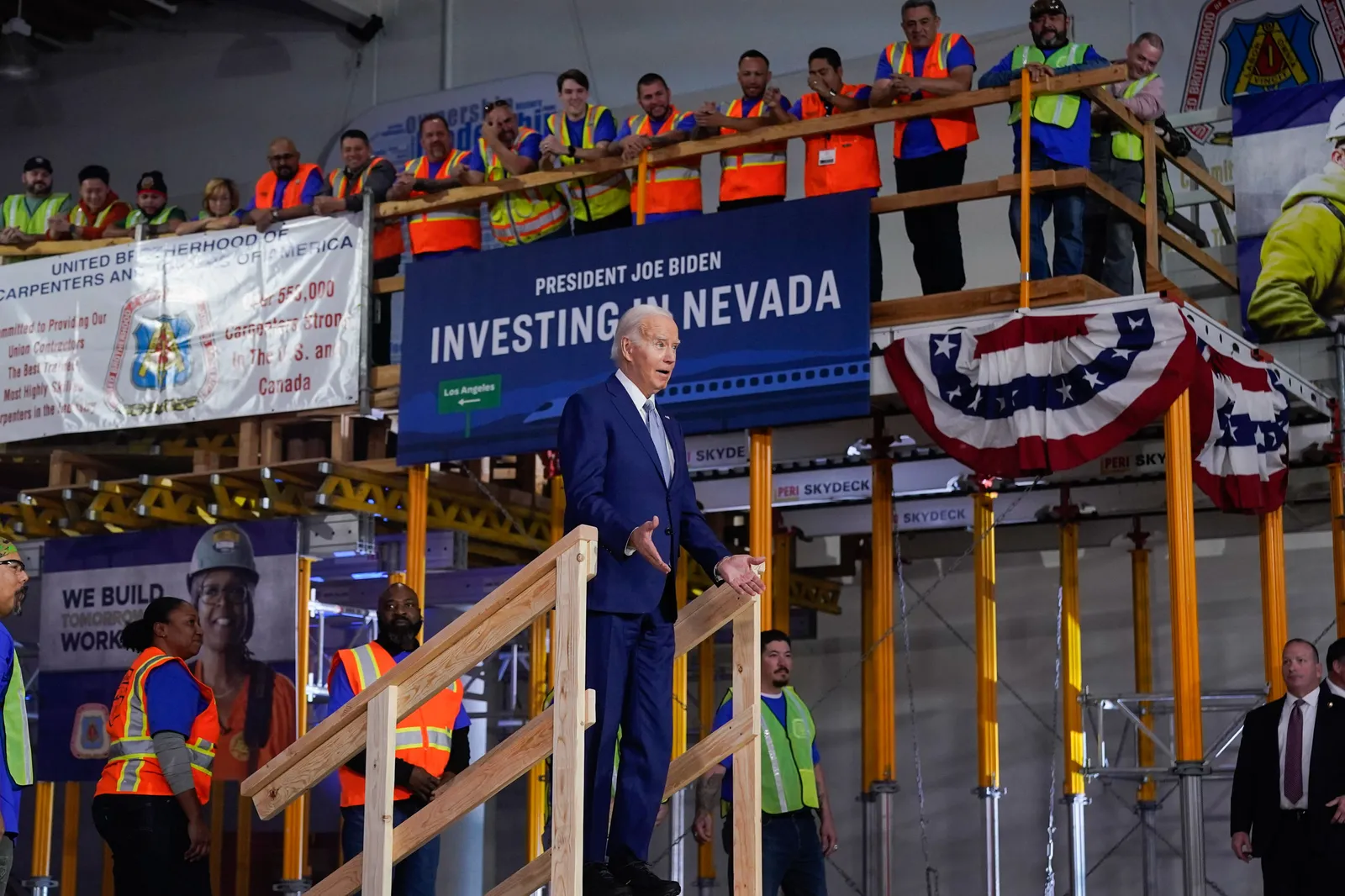
Can growing support translate to federal funding?
A Newsweek survey conducted in June found that 60% of U.S. voters support the construction of new high-speed rail lines, with just 7% opposing. Support came in at 67% of those who favored Joe Biden in the 2020 election and 59% of those who said they voted for former President Donald Trump.
While the California high-speed rail project — over budget and with no definite timeline to complete its planned LA-San Francisco route — became a target of Republican House lawmakers in the current Congress, those and other Republicans in Congress have expressed support for the Texas Central project that could connect Dallas and Houston and Brightline West, the 218-mile line under construction between Las Vegas and Southern California.
“The support for the program that we have engaged in has been remarkably bipartisan,” said Brightline West leader Wes Edens. Edens is co-founder and CEO of Fortress Investment Group, which backs the Brightline West project. Nevada Gov. Joe Lombardo, a Republican, rode Brightline’s Florida train from Orlando to Miami in June and attended the groundbreaking of the Brightline West project, where he said, “We are going to create thousands of jobs, bring critical transportation infrastructure to the West, and create an innovative, fast and sustainable transportation solution.”
Michael Cahill, president of rolling stock for Siemens Mobility North America, believes that “the skepticism is beginning to die down” in the U.S. and added that he’s “bullish” on the prospect for more high-speed rail projects.
The 2021 bipartisan infrastructure law devoted $66 billion to rail projects, but that’s spread across a variety of programs. This year, grants of about $3 billion each went to the California high-speed rail project in the state’s Central Valley and to Brightline West. Those two and five other projects each received up to half-million-dollar planning grants. But the federal largesse ends with the 2026 fiscal year.
“I don't think we're going to see another type of investment like you did with the infrastructure law for quite a while,” said Greg Regan, president of the AFL-CIO’s Transportation Trades Department. “But it doesn't mean we can't have sustained appropriations to try to support these types of programs.”
The next Congress will have to take up reauthorization of surface transportation funding, which it has historically provided in five-year blocks to fund highways and mass transit. Amtrak receives annual appropriations from Congress, and the Federal Railroad Administration oversees a variety of grant programs for other rail projects.
“In terms of high-speed rail, you're really going to need to look to the next federal [surface] transportation bill to really bring a lot more of these projects to fruition,” said Dani Simons, Alstom’s vice president for communications and public affairs. Alstom manufactures Amtrak’s newest 160-mph Acela train sets, which are set to go into service on the Northeast Corridor this winter, according to Amtrak President Roger Harris. “Having a new federal transportation bill that is either renewed at the same [funding] level or maybe even higher is vital to keeping the things that are getting started under this administration going,” Simons said.
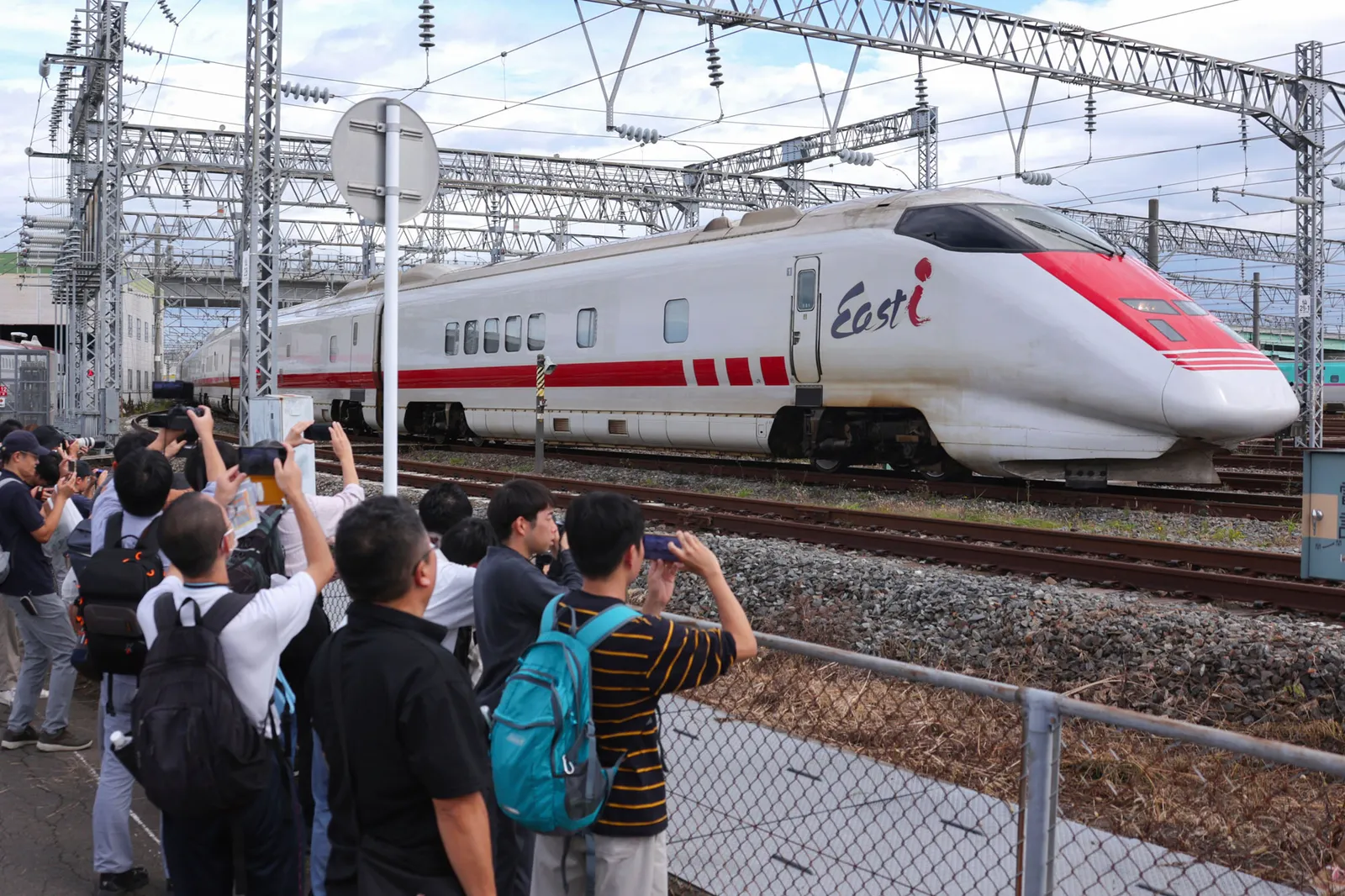
Envisioning a national high-speed rail network
The consensus among those Smart Cities Dive spoke with is that the successful completion of the first true U.S. high-speed rail line will prompt interest in more. “The biggest game-changer for high-speed rail in this country is going to be when that first train runs,” said Regan. The pull of job creation and the growth of a new industry, coupled with voter demand for better ways to travel, could tip the scales toward more bullet-train projects, these advocates said.
Andy Kunz, president and CEO of the U.S. High Speed Rail Association, envisions a network comprising 220-mph lines and 110-mph lines connecting major cities across the country. “We need a national network, like now, to deal with climate change,” Kunz said.
The U.S. lags far behind Europe, Japan and China in high-speed rail development. Europe has almost 7,700 miles of high-speed rail in operation, according to the International Union of Railways, with another 1,200 miles under construction and even more planned. Japan, home to the world’s first high-speed rail system, boasts nearly 2,000 miles in service. The world leader is China, which has put over 25,000 miles of high-speed railways in operation since 2008. Globally, more than 3 billion passengers ride high-speed trains each year.
“I think it will develop [in the U.S.] as it did in Europe, into shared corridors around existing setups,” Siemens Mobility’s Cahill said. He explained that such trains run at high speed on dedicated lines but then join existing rail lines running at slower speeds as they approach cities.
U.S. Rep. Seth Moulton, D-Mass., a longtime advocate for high-speed rail, and Suzan DelBene, D-Wash., introduced legislation earlier this year for the Transportation Department to invest $205 billion in high-speed rail over five years. “It would connect cities and towns across America who feel very disconnected and left out of the economy today, and it would enable all Americans to travel comfortably, safely, efficiently and always on time at 200 miles per hour or more,” Moulton said.
“We have a chance to add to the options that Americans have today [for transportation] with a world class high-speed rail network, and America should aspire to lead the world in this even if, as of today, we've got some catching up to do,” Buttigieg said.
To stay up to date with the latest high-speed rail news, see our tracker for high-speed rail projects in the U.S. and subscribe to our newsletter to receive updates via email.


